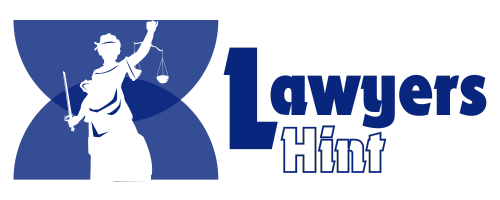Discover the legal issues of AI clothes changers, and image to video AI’s impact on privacy, copyright, and compliance you need to know.
Artificial intelligence (AI) has quickly advanced in the last several years providing tools once thought of as science fiction. One of the new AI tools that has taken the media by storm is the AI clothes changer, or the ability to swap out outfits in still images, or swap still images into videos with realistic effects. Using image to video AI, this new technology is disrupting the fashion, marketing, and personal content creation industries.
With innovation comes responsibility. As user engagement with AI clothes changes increases, lawyers and legal experts in the press are already raising the side of copyright, privacy, and consent, along with the substantive and potential misuse of these technologies. In this article we will explore the legal issues related to AI clothes changer technologies and users and developers and brands should know.
What is an AI Cloth Change?
An AI cloth change is a process that utilizes machine learning to modify clothing within an image or video. Here are examples of use.
For instance:
- A user submits an image into the A.I. and the artificial intelligence substitutes that person’s outfit for a different style.
- A retailer uses the image to video A.I. to generate short video clips of the fashion piece, showing how the outfit may appear in motion.
- Influencers and advertising use AI cloth changers to create numerous variations in their content without actually changing clothing.
Legal Issues with AI Cloth Changer Tools
1. Privacy and Consent
Another elephant in the room is thinking of whether anyone has consented to having their image modified, regardless of whether it is a stylized modification or not. Modifying someone’s clothing, through the AI cloth changer function that has not been consented to may create liability for inappropriate action, such as privacy violation or, worse, defamation. For example, modifying an outfit from an individual to allude to clothing they would never wear, or worse, modifying it inappropriate manners, could lead to litigation. As previously mentioned, consent is very important.
2. Intellectual Property and Copyright
Fashion is protected by copyright law and design law. Using an AI cloth changer or otherwise may implicate the violation of copyrights by modifying or taking an article of clothing from a BD brand without the consent of the brand who may own the rights to the clothing. Similarly, when taking an image to video AI and building the clothing clip from another creator’s work, ownership of the new wearability of contemporary fashion may be attributable to that creator even though the AI tool applied it to a different outfit.
3. Risks of abuse and deepfakes
AI clothing changers, like generative AI, can be misapplied for deepfakes, which are altered images or videos that are intended to deceive others, resulting in reputational harm to the victim of the abuse, cyberbullying, even fraud. Several jurisdictions are presently seeking to introduce legislation to deter the misuse of deepfakes. For example, certain U.S. states have already adopted legislation that penalizes the creation of AI-generated images that are non-consensual.
4. Laws concerning the Privacy of Personal Data
AI clothing changer apps depend on user data through the most often requested and drawn form of users: personal photographs. But whatever jurisdiction the developer is based in, they must operate within the requirements of personal data protection law, such as:
- GDPR (Europe) – strict limitations on retaining and processing images of an individual person
- CCPA (California) – gives a user options regarding their personal data
Failure to comply with the law may result in hefty fines.

5. Laws regarding Commercial and Advertising conduct
When brands are utilizing image-to-video AI or AI clothing changers for marketing the brand, they must disclose use of AI images. Misleading advertising whereby the brand implies the fashion video is real, violates the consumer protection and advertising laws.
The Future of the Legal Framework For AI Clothes Changer
As the technology continues to advance, lawmakers are already taking steps to shape clarity in the laws. We can look forward to:
- Stricter deepfake laws in order to eliminate usage for nefarious purposes.
- Clear guidance on copyright for AI created fashion image content.
- Standardized consent requirements for AI modified images.
In the meantime, users and businesses need to act ethically and responsibly according to existing privacy, copyright, and consumer law.
Conclusion
AI clothing changers and image to video AI tools are creating greater creativity and accessibility within fashion, social media and marketing. However, the legal issues must be addressed. Privacy and consent, copyright ownership, and risk of misuse are all critical things to understand for consumers and businesses alike.

